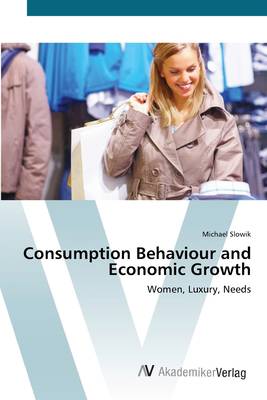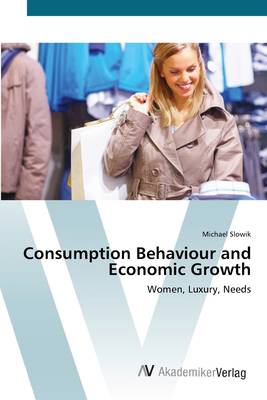
- Afhalen na 1 uur in een winkel met voorraad
- Gratis thuislevering in België vanaf € 30
- Ruim aanbod met 7 miljoen producten
- Afhalen na 1 uur in een winkel met voorraad
- Gratis thuislevering in België vanaf € 30
- Ruim aanbod met 7 miljoen producten
Zoeken
€ 57,95
+ 115 punten
Omschrijving
Revision with unchanged content. Through the ages, women undertook a remarkable development in society. They lived their traditional role as housewives and mothers and were also classified as unemployable. But after the Second World War the role model of women changed dramatically. The number of women at universities increased. Due to education women were enabled to take responsible jobs and earn their living on their own. Today, women can fulfil their dreams of consumption themselves. According to female consumption behaviour, luxury manufacturers have adjusted their marketing mix towards women s communication and consumption patterns. Regarding women s liking for branded goods, the luxury industry enjoys stable growth rates. Therefore, female consumption behaviour in the luxury market affects economic growth. The author Michael Slowik gives an overview of females in societies, regarding their likings and different consumer types. He goes into detail regarding the theory of consumption preferences and considers the Revealed Preference-Analysis by Paul Anthony Samuelson concerning external consumption effects. Finally the author concludes how the particular consumption behaviour effects economic growth. The book is addressed to females, economists, companies in the luxury industry and governments.
Specificaties
Betrokkenen
- Auteur(s):
- Uitgeverij:
Inhoud
- Aantal bladzijden:
- 76
- Taal:
- Engels
Eigenschappen
- Productcode (EAN):
- 9783639421729
- Verschijningsdatum:
- 1/06/2012
- Uitvoering:
- Paperback
- Afmetingen:
- 152 mm x 220 mm
- Gewicht:
- 122 g

Alleen bij Standaard Boekhandel
+ 115 punten op je klantenkaart van Standaard Boekhandel
Beoordelingen
We publiceren alleen reviews die voldoen aan de voorwaarden voor reviews. Bekijk onze voorwaarden voor reviews.








